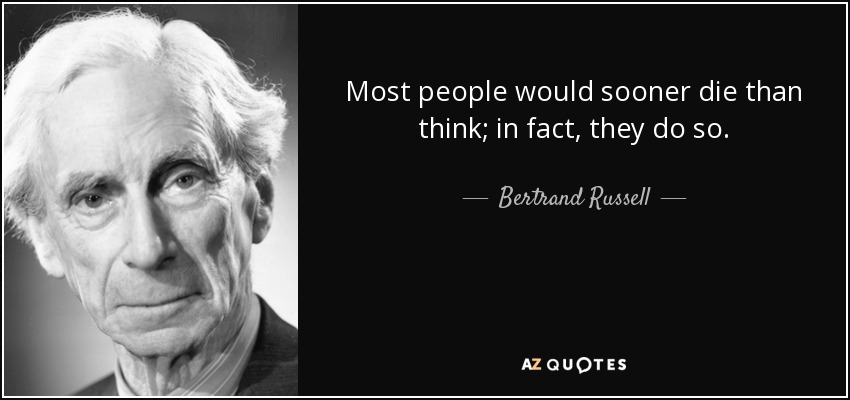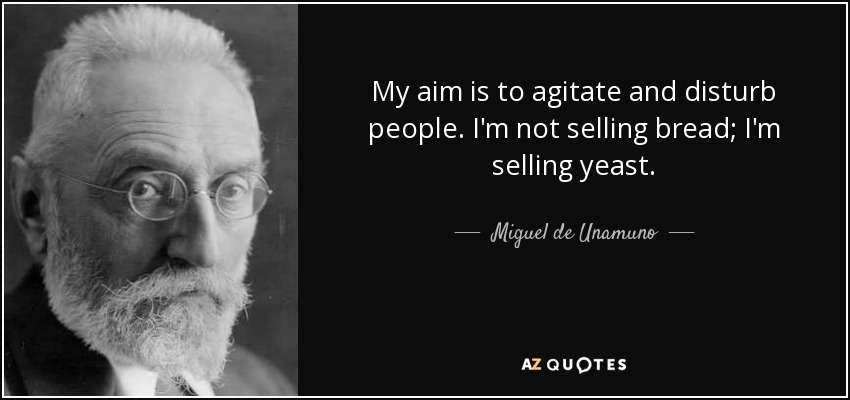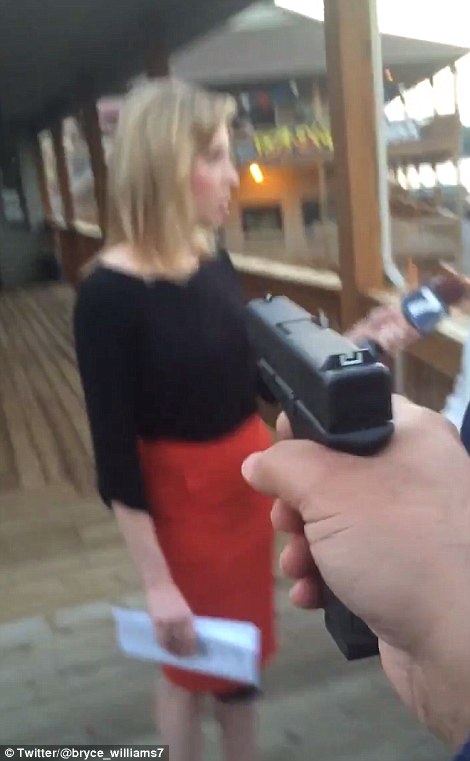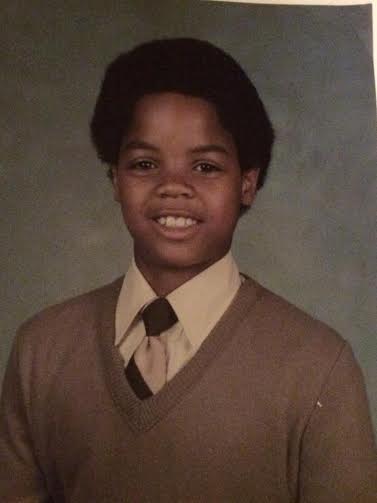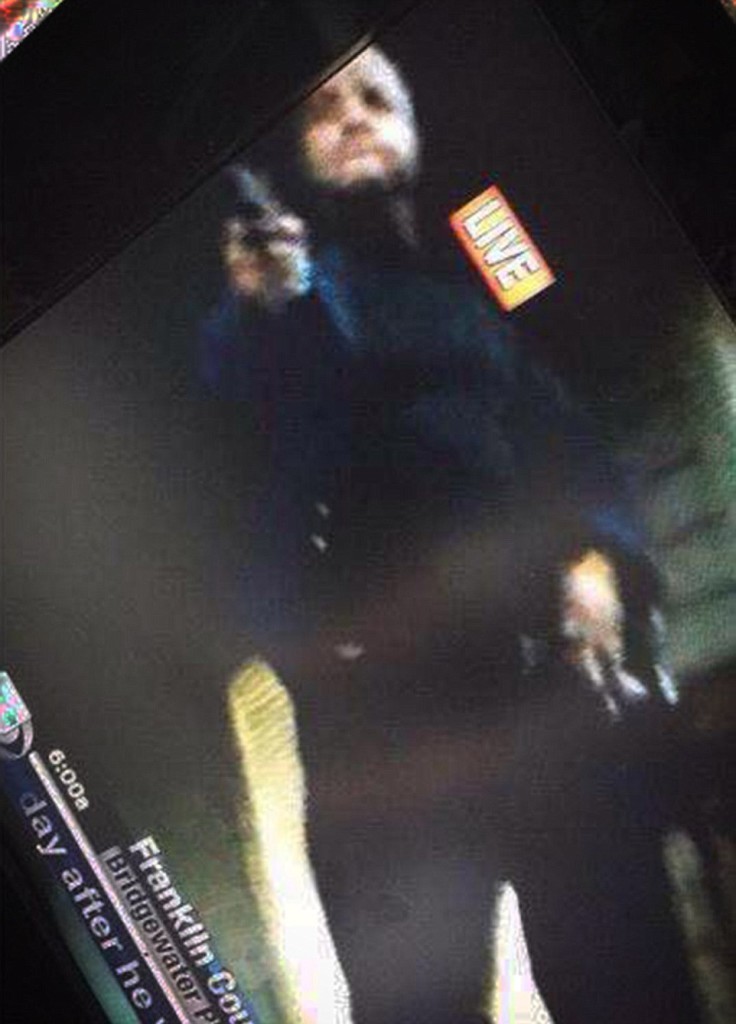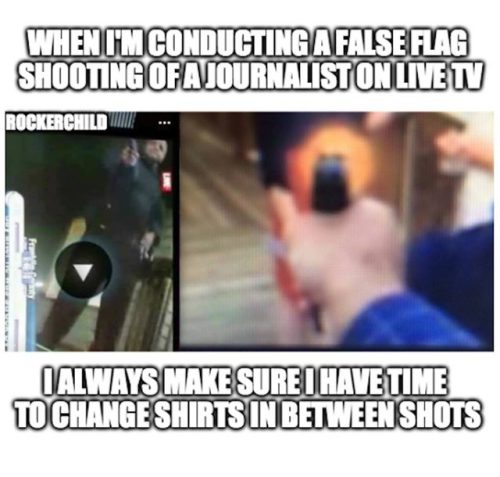![2BAE86B500000578-3211529-A_disgruntled_former_news_reporter_filmed_himself_executing_two_-a-164_1440622419906]()
WHY is this a
white hand pointing at Alison Parker, the TV reporter allegedly murdered in Virginia last week, when the man we are told who killed her, Vester Lee Flanagan, was black? It is extremely strange that in this
very long Daily Mail article about the case as a “race revenge murder,” there is not a single acknowledgement of this glaring contradiction even though the picture clearly shows a white hand. Flanagan does appear somewhat light-skinned in some of
the photos released, but this photo of him as a child is clearly of someone dark-skinned. Also, he himself claimed he was black and many others have referred to him as black. This is not a black hand.
![vester1]()
In a
previous entry, a reader commented that the interview with the father of Parker seemed staged. I didn’t think so upon initially viewing it, but then when one hears of these horrible shootings, one’s initial reaction is entirely one of sympathy. Looking at the father’s
acting history now, I am beginning to wonder if the reader was on to something. Was this another false flag operation intended to terrorize the American public and incite racial division? [And, more importantly, promote “gun control?”] Is it possible that we are being toyed with this much?
We are left with these disturbing questions.
— Comments —
Wheeler writes:
Some other things that are interesting about the recent shooting in Virginia…
The suspect apparently bought his pistols legally, with background checks, etc. This has not been heavily reported from what I have observed. But the father of the young female victim has continued speechifying about gun control, his intentions to dedicate his remaining years to increased gun control, and is quoted as saying “They messed with the wrong family.”
Who is “they?” I don’t think the father has done what most normal fathers would have done, which is to aim at least some hostility towards the dead shooter for murdering his daughter. He seems to be under the impression that one of the shooter’s guns actually composed the hateful, anti-white manifesto discovered by investigators. Who is “they?” People who own guns? People who support the Second Amendment?
Or perhaps we can be charitable and assume that the “they” are the media outlets who have somehow been unable to label this shooting as a “hate crime,” an inability which seems to have come upon the media quite recently; they had no problems labeling the Charleston church shooting as a “hate crime,” even before a suspect was in custody, if memory serves.
Last week, a friend of mine heard on Fox Radio a brief mention that workers were in the process of dismantling and repairing the wooden structure at the crime scene in Virginia. I have not yet been able to confirm this. If this is true, it’s very odd that the processing of a highly-visible double homicide scene was accomplished so rapidly and turned over to renovation personnel. If this is true, one hopes that the investigators will not need to revisit the scene for forensic purposes.
Bruce writes:
People get darker, not lighter when they mature to adulthood. Judging from the boyhood photo and the adult photos we’ve seen it appears that Flanagan has definitely lightened himself in a manner similar to what Michael Jackson and Sammy Sosa did. So my guess is he had all sorts of racial identity issues in his crazy head. He probably went from self-hating black to hating whitey.
Laura writes:
That does not look like an artificially bleached hand.
Dan R. writes:
I always shake my head when people start talking of plotting to divide black and white. Isn’t there enough evidence of a deep hostility on the part of blacks toward whites without going into this kind of speculation? Are the dozens of examples covered on View From the Right simply anecdotal
or fraudulent? Maybe “white girl” don’t “bleed a lot?”
Laura writes:
Those crimes are not part of what appears to be an orchestrated campaign for gun control. (I’ve added that point in brackets in the original post above because it’s an important one.) The almost daily crimes such as those at View from the Right bring no calls for gun control. When I wrote of inciting racial division, I meant doing it in a conceivably deceitful way. Flanagan was supposedly reacting to the Charleston shooting and responding to racism.
Some of Flanagan’s photos make him look light-skinned in his face, but these are inconsistent with the dark skin in his childhood pictures. It may be that he did have some kind of treatments.
But the hand is very white, in my opinion.
G.P. writes:
Concerning the hand holding the gun in the shootings. While it may be impossible to determine that the hand was that of Bryce Williams, it
certainly looks to be so and the evidence will bear this out.
As shown above, he was a very light skinned black man as can be seen in many pictures. What I find more disturbing it what hasn’t the full 24 page manifesto been released yet? What are they trying to hid from the public?
Emily writes:
With due respect, I’ve seen many examples of black skin getting lighter with age instead of darker (though it is not the norm). Weakening metabolisms and environmental factors can play a huge part (e.g. a little black boy playing outside everyday growing up to do mostly indoor camera-work and spend his off-hours on an iPhone instead of playing sports). It’s plausible to me that the attached photograph belongs to the white hand in the shooting photo.
….But this is probably wishful thinking on my part. No deviousness or set-up could truly surprise me at this point. Sigh.
Laura writes:
The photo you sent is similar to the ones linked to above. It shows that Flanagan’s face is quite light,w which is inconsistent with his childhood pictures and the appearance of his family members. If it was aging factors or some kind of chemical effect, it would not, I think, appear so uniformly white.
Of course, it may very well be Flanagan’s hand.
Thomas F. Bertonneau writes:
The hand in the video looks to me like it might belong to a darkly complected person (see especially the contrast between the thumbnail and the thumb itself). It is unclear to me why the gun-control-obsessed Left would stage a horrendous black-on-white double murder, one of whose victims looks like she is a college-girl, or how they might think to benefit from it, pardoning the abuse of the verb. On the other hand, the Left, by its racially divisive rhetoric, has been nurturing the image of black-on-white murder as a type of radical just retribution against “The Man” for decades, ramping up its stridency in the last two or three years. (Think of movies like Machete and Django Unchained.) My sense is that the named perpetrator committed the crime – he was the sort of unstable mentality prone to act on the Left’s violence-soliciting provocations.
I come from an old mixed-raced family out of Saint-Domingue by New Orleans. I have some intimate experience of varying phenotypes, even in consanguineous persons. No one would take me for anything but white. My late father, whose birth-certificate categorized him as “colored,” had a light-olive complexion and very subtle Negro features, but his complexion darkened as he aged. His older brother, my late uncle, was extremely darkly complected. As my sister-in-law once said about first meeting him: “I couldn’t really figure it out but he was obviously a Negro.” It is also the case that lenses, lighting, film-chemistry, and nowadays the algorithms of digital imaging can lighten or darken complexions. In some photographs my father looks pale; in others, dark.
I have what I regard as a better theory than the one being proffered in this thread to explain the weird reactions of presumably bereaved survivors of murder victims. Decades of “progressive” education have produced cohorts of people who are so politicized and so concomitantly de-spiritualized that they have no idea how properly to react to news of an enormity, one in which a loved-one has been brutally killed. For such people it is natural to exploit personal bereavement by making it an occasion for political posturing. I find this explanation not only more plausible than the other but frankly more horrifying.
John writes:
This is the second time today I have heard conspiracy theories raised in connection with the Virginia shooting. Here is my take:
1. This is clearly the hand of a lighter skinned black person. It never would have occurred to me to think otherwise. The dark tint of the skin is natural and uniform, not the result of a tan. The finger nails and undersides of the finger tips are lighter by contrast and appear pink, as is the natural case with black skin. The hand is fleshy and lacks the creases typical of thinner white skin.
2. As to the darker coloration of Flanagan as a youth, this is most likely the result of the photography. Photographic processes can easily make people look darker or lighter than they actually are. There is no need to spin a conspiracy.
3. As for the media’s reluctance to present this as a so-called “hate crime,” what would you expect? We all know the media are biased liars, bought and paid for by their masters, and hired to do their bidding exclusively. If they did otherwise, they’d be out of a job pronto. We should point these facts out, but not act as if we expect honesty from these whores, as it only suggests that they are capable of being honest.
4. Again, the shooting can’t be a so-called “hate crime” because the victims were white and the killer black. What more to we need to know about it? The purpose of so-called “hate crimes” laws is not to confer equal justice and protect the innocent, but to elevate the victim status of certain favored groups over others, thus fomenting racial resentment and entitlement. The other purpose is to eliminate free speech by turning it into “hate speech” and criminalizing it. With regard to these laws, we should not be demanding their equal application. This only confers legitimacy on the underlying concept. What we should be demanding is their total elimination
5. Finally, conspiratorial thinking at this low a level is an effective way to marginalize oneself in any serious debate; so let’s not do it.
Fred writes:
Does anyone know how did the killer know where the victims were going to be that morning? I haven’t found anything, did someone from the station tip him off?
Laura writes:
I don’t know.
Isn’t it odd that the interview was at 6:30 a.m.? The mall was empty of course at that time. How did the shooter know they were going to be there then?
This is sketchy but I don’t think this image, supposedly taken by the cameraman as he was shot, looks like Bryce Williams as he appeared on television at all. Again, these are intriguing issues; I am not saying they are enough to prove this was a false flag operation.
![NATIONAL PICTURES Scrren grab of suspected shooter involved in the shooting dead a camerman and reporter live on air. Cameraman Adam Ward and reporter Alison Parker were shot dead during a live broadcast at Bridgewater Plaza near Smith Mountain Lake, USA.]()
NATIONAL PICTURES
Screen grab of suspected shooter involved in the shooting dead a camerman and reporter live on air. Cameraman Adam Ward and reporter Alison Parker were shot dead during a live broadcast at Bridgewater Plaza near Smith Mountain Lake, USA.
Laura writes:
Dr. Bertonneau writes:
No one would take me for anything but white. My late father, whose birth-certificate categorized him as “colored,” had a light-olive complexion and very subtle Negro features, but his complexion darkened as he aged.
But look at the photo of Bryce Williams as a child.
Laura writes:
I take back what I said about making no conclusions.
Notice how the gunman approaches. (I don’t know how he is filming himself or how the video was obtained, but I guess it’s on his phone?) Anyway, he is approaching and it is very odd that NO ONE REACTS TO HIS PRESENCE when in normal circumstances they would absolutely have seen a man coming so close to them. Even if they had not heard him, they would have seen him on the periphery and sensed the vibrations of his steps on the boardwalk. It is especially odd that the woman being interviewed does not react when he is a few feet away and she is facing him. Then see that the gunman shoots Alison Parker several times at close range (he is shooting and filming himself at the same time, huh?) and yet she is clearly not shot or wounded at all and starts to run. Also notice that the cameraman is oddly looking away and filming the parking lot or something when the gunman has stopped and is standing right in front of them.
Mark Jaws writes:
I grew up with folks of all shades and colors. That is not the hand of a white man. That is not even the hand of a light skinned Hispanic. That is the hand of a mixed race Afro-European, which is exactly what the killer was.
Laura writes:
You mean it’s the hand of someone who looks like this:
Laura writes:
The Fellowship of the Minds reports that the video images show the shooter had to have changed clothes during the shootings.
A female reader writes:
Regarding how Flanagan would know that the reporter and cameraman would be at the interview location at that time: the simplest explanation is that he was watching for them to leave the station that morning and followed them to the interview location in his car. He reportedly lived close to the Roanoke station.
Laura writes:
Yes, that’s a possibility. Still, he would have to have been at the station at what is normally an unusual time for an interview and benefited from the coincidence that the interview just happened to be in a secluded place (because of the time and location) with few bystanders.
Mr. Jaws writes:
The picture of the hand holding the gun was taken in the morning light, perhaps making the brown hand lighter than it appears. But the picture of the killer as a young boy shows a darker complexion than of what we of him later as an adult.
Diana Blackwell writes:
Why does the shooter’s hand look “white?” Because it is outdoors, reflecting a lot of light. You can try this at home, with different objects and different lighting conditions.
Look at the gun in the photo. See how the gun has a dark finish–black or near-black? Now look at how the top side of the gun is reflecting enough light to appear almost white. Did the gun undergo chemical lightening treatments? Is some sort of funny-business going on? No, this is a perfectly common and natural lighting phenomenon that applies to human beings as well as inanimate objects.
Human skin does not always reflect the same amount of light or the same colors. A person with pale, milky skin may appear red-skinned when standing near a red wall that reflects red light. A dark-skinned person can look darker or paler depending on the specific lighting conditions at the time.
Photographers and portrait painters understand these things and go to great lengths to control the lighting when they work. There is a whole art to this. Lighting can make a person look older or younger, prettier or uglier, fairer or darker, etc.
Here are some links to Google images of “African-American hands.” (
Here,
here, and
here) Take a look, and then consider whether you would have known these were “black” hands without being told, from the photos alone.
Please, everybody, let’s not manufacture a conspiracy out of thin air. There is more than enough reason to believe that the shooter was Vester Flanagan.
Laura writes:
Your photos are from an unknown source and I have no idea whose hands they are just because they are labeled “African-American” hands. Nevertheless, the first photo looks clearly like a black hand. The second two are very ambiguous with the third appearing more white than black.
I certainly realize light makes a difference, but I don’t think it makes as much difference as this hand at the alleged crime scene suggests, especially given that it was 6:30 a.m. Leaving that aside, the hand curiosity here is only one issue. Nothing has been manufactured “out of thin air.” A number of very serious issues have been raised here based on the only evidence we have: the news reports. View the video of the shooting I mentioned above. Again, notice that none of the three people, including the interviewee who is facing the gunman, seems to be aware that a man is standing right in front of them with a gun and has walked toward them while recording it all on video. Very strange. Notice that Parker appears to have been shot several times at close range and yet starts running with no apparent injury.
Deana writes:
Mr. Bertonneau has hit the nail squarely on the head. Decades of brainwashing (how many times have we heard leftists insist, “the personal IS political!”) coupled with the disintegration of the family and the relegation of Christianity into nothing more than a faint memory has made people believe that political expression is the proper way to demonstrate grief, sorrow, and anger. I have no doubt the father and other family members are devastated but it is bizarre to see someone talking about politics policy less than 12 hours after his flesh and blood was murdered.
I do not believe at this time there is any conspiracy. The hand looks to me to be that of a light skinned black man.
Laura writes:
Did you view
this video of the shooting to which I linked in the discussion above?
Since you have concluded that no conspiracy has occurred, which would be a great relief for me personally to learn and be assured of because, like most sane people, I do not relish the idea of sinister government plots, could you please explain the following glaring problems with this event?
1. Why do the reporter, cameraman and woman being interviewed not react to a man coming toward them while he is filming them and holding a gun even though we can clearly hear his footsteps on the boardwalk in the recording and we can see that he stops right in front of them?
2. Why is the gunman wearing a different shirt (blue checked shirt) from the black shirt he is wearing in the image (see above) taken by the cameraman? Do you think he changed his clothes while shooting three people?
3. Why do we see Alison Parker shot, apparently in the chest, at close range and yet see no visible injury and see her sprinting away as if she is not wounded at all? How could she not be stopped after being shot several times in the chest?
Thank you for your consideration of these questions.
I will say one thing. If this was a staged event, which I now believe it was, it was very poorly executed. A more professional producer is in order.
Funky PhD writes:
I’ve carefully watched the shooter’s video, and think I can answer some of Laura’s questions. The inattention of the interviewer and interviewee can be attributed to their being live on the air at the time Flanagan approached with his cell phone camera in his left hand, and the gun in his right. Even if they saw Flanagan approach, both Parker and the interviewee, knowing they were on the air, would have ignored him, as nothing is more amateurish than to acknowledge or respond to passers-by when conducting one of these types of live interviews. When Flanagan walked up to them, the cameraman was filming the boats in the marina to his right, and panning back to Parker and the interviewee. He therefore would not have seen Flanagan at all. It is curious than Parker appears not to see Flanagan when he first levels his gun at her but doesn’t fire (at about 17 seconds). He is, however, standing behind the cameraman, and lowers his weapon quickly. Perhaps Parker didn’t see the gun because from her vantage point, it would have been behind the cameraman’s left shoulder. When he does fire, Parker runs away; but it is possible that his first three or four shots did indeed miss her. Even at that distance, it’s hard to hit someone with a pistol, especially if it’s held in only one hand. But even if she was hit by one or two of the first four shots, she still could have run a few steps. As he continues shooting, she darts down the walkway away from the gunman, but just before the camera drops and the screen goes black, you see her veer suddenly to her left instead of continuing straight. This may indicate that the fourth or fifth shot hit her. In any event, the video records (by my count) 15 gunshots, only four of which are visible. Presumably, Flanagan shot both Parker and the cameraman several times while the camera was on the ground, most likely moving closer to them and (according to one news account) shooting both in the head. The interviewee also reported that he shot at her several times, missing with all but one bullet.
All of this is to say that to my eye, the video confirms the accounts of the attack that have been provided. There’s nothing in it to suggest anything was staged.
Laura writes:
In response:
It is understandable, I guess, that Parker did not look at the man who was approaching them since she was right in the middle of an interview though I do think even in those circumstances it is unnatural not to look at someone approaching very close by. (She must have had poor peripheral vision. I can tell if someone is pointing at me — and I certainly would have been alarmed if someone was pointing an object at me — even if they are several feet away and I am not looking directly at them.) It is not understandable in my opinion that the woman being interviewed did not at least glance at the man standing right in front of them and walking around close by. We can hear his footsteps.
Yes, it is possible that the cameraman was panning the scene all around, though it is odd that he would do this while the interview was going on live; Parker is clearly holding the microphone to the woman and we know it was on-air interview at that very moment. Still that is possible. There should be a video recording of the interview since it was live.
The shooter appears very close when he shoots at Parker. It is possible that he missed. I have to say it just doesn’t look like it to me. This, we have to conclude, can only be somewhat subjective for us. But, let’s say he missed. Parker was reportedly shot in the head. We see her running away very fast here and she appears to have gotten quite far as she is sprinting away. He would have had to shoot her in the head as she is running away. That’s definitely possible. But it seems odd that he is shooting Parker and she is running away and the others are not screaming or running too while he is shooting at Parker and that he is a good enough shot to shoot her in the head as she was running away, even though he missed her when she was standing right in front of him.
I am not a very brave person in a crisis, but I do think if I were holding a large object such as a television camera and I saw a friend of mine being shot by a man standing right next to me, I would not stand there with the camera running. I would instinctively and without hesitation throw the camera at him as hard as I could as it would be a quick and easy way to disable him. If I was too afraid to do that, I would be the sort of person who would simply be running away as soon as I saw my friend being attacked. The cameraman did neither of these things.
How do you explain the different shirts?
Laura writes:
Looking at it again, it is possible that the different shirts are explained by lighting, and that he is wearing the same shirt. I don’t understand why the cameraman’s image is as grainy and unclear as it is. Did he adjust the settings on his camera while his friend was being shot?
Hurricane Betsy writes:
I love conspiracy theories but, yes, that is the hand of a Negro with white blood. I have seen countless such folks where I used to work.
The comments from “Funky PhD” about wrap it up, I’d say. Well done, Funky!
Dr. Bertonneau writes:
You ask, “Why do the reporter, cameraman and woman being interviewed not react to a man coming toward them while he is filming them and holding a gun even though we can clearly hear his footsteps on the boardwalk in the recording and we can see that he stops right in front of them?” To react apprehensively to Flanagan would have been “to disrespect” him, which well-trained, good Eloi would rather die than do.
They fail to react because they have been conditioned never to believe that a person of minority status could harbor ill-will towards them or actually plan to harm them or in fact harm them. Such people are never perpetrators; they are always and only victims. Had the two journalists seen a glaze-eyed white person approaching them with a gun, they would probably have taken notice. This phenomenon is connected with the explanation why bereaved parents of the murdered college-girl reporter respond so bizarrely – with a set-piece political speech – to their own bereavement.
I extend this interpretation retroactively to a number of other incidents in the last year when survivors of massacres interviewed by reporters within twenty-four hours of the event performed like robots, seemingly passionless, and prone to make hackneyed political statements. I repeat that I find this hollowed-out-person syndrome even more frightening than the worst of the conspiracy theories. Not only is it more likely than the conspiracy theories – it is terrifying in its implications.
Laura writes:
To say that they didn’t react because he was black is to say that they saw him and looked at him. There is no evidence from this video to suggest that they did. That’s my point. That’s the strange and artificial thing. They didn’t even look at him even though he is approaching with a phone and filming them, and presumably also has a gun in his hands (though perhaps it is concealed at that point.) Now if they had looked at him before this video feed, one would think that they would have been wary that a man who was widely known to be mentally unstable and had been fired from the station was creeping toward them while they were on air.
Bruce writes:
As far as the woman running away, I think it’s possible she was hit by the first shots even if we can’t see it. Incapacitation from a gunshot wound isn’t usually instantaneous. Deer (a human-sized animal) often run a fair distance after being shot by a hunter with a rifle (much more powerful than a handgun). For this reason, hunters usually choose large caliber rifles so the dying deer doesn’t get too far. Incapacitation often follows the drop in blood pressure that results from large wound cavity. It is quick but not instantaneous.
Laura writes:
I’m sorry, but when a bullet hits a body, there is some sign of a blow being received. Do you have any idea of what the impact of a real bullet from a handgun is? A bullet fired that close would probably throw a woman Alison Parker’s size, but in any event, even if she kept running her body would have recoiled from a serious blow from a gun that close.
Bruce adds:
In our digital age it’s so hard to know what’s real and what’s not. So much for the so-called “information age.”
Laura writes:
Yes, that is true. And because of the inconclusiveness of video evidence such as this, journalists should request under the Freedom of Information Act, police photos of the crime scene. Problem solved. Let’s see the crime scene. Let’s see the bodies. Let’s settle the issue for good. Whatever is true or not true in this particular case, I’m afraid the age in which journalists could take for granted that what the police told them was true in highly publicized shooting sprees and terror events is over. Read that? OVER.
Funky writes:
There is video of the newsfeed, and this video intercuts Flanagan’s cell-phone video with what went on
the air.
This answers why the photo of Flanagan with the gun in his hand was so grainy: that widely-broadcast image was captured from Ward’s camera as it fell. [Laura writes: In other words, before that moment, Ward just stood there with a roughly 40-pound potential weapon in his hands and watched while his friend was being shot. Okay. Very sad.] When the feed continues briefly with the camera on the floor, the image is clear. I’m guessing that Flanagan shot at Parker as she ran away, maybe hitting her in the torso, which prevented her from continuing down the walkway. He probably didn’t hit her in the head, as she is still screaming after the first eight shots have been fired. I think Flanagan wounded Parker, bringing her down, then immediately turned to his right and shot Ward in the head, which dropped him to the ground. There is then about a three-second pause, during which I think Flanagan took a few steps forward and to his left, which would have brought him to within point-blank range of Parker. Then there’s another shot, another brief pause, and two more shots. This is probably when Flanagan shot Parker in the head. Then there’s another brief pause, which probably corresponds to him turning back to his right to shoot at Gardner. Two to three more trigger pulls would have emptied his gun (a Glock 19, which holds 15 cartridges in the magazine, plus one in the chamber). I count 15-16 shots in the video (the uncertainty is due to the video ending in the middle of what appears to be a gunshot).
Again, it all adds up, and putting the videos side by side confirms the positions of the cameraman, the interviewer, and the interviewee. The supposed shirt discrepancy is a matter of lighting and the poor resolution of the video capture. The only part of the story that remains unclear to me is how Flanagan knew that Parker and Ward would be at Smith Mountain Lake, which is about 26 miles from Roanoke. Your female reader must be correct that he followed them there from the station. If he didn’t, and instead met them there, that means that he had prior knowledge of their whereabouts. This raises the question of whether he had a confederate at the station who told him where they would be.
Laura writes:
I haven’t looked at that clip yet.
This video shows the difference between a handgun just like the one fired, but allegedly with real bullets, and the apparent handgun with blanks in the Virginia shooting.
Dr. Bertonneau writes:
Laura writes: “In other words, before that moment [of the first shot], Ward just stood there with a roughly 40-pound potential weapon in his hands and watched while his friend was being shot.”
Yes, because due to his conditioning, or rather his de-conditioning, he could not believe what was happening. Ward had no concept of a weapon. He had no concept of self-defense because he had no concept of danger, especially from a person like Flanagan, who was, from the point-of-view of Liberal Goodthink, solely a victim, and never a perpetrator.
Parker and Ward were completely naive; their upbringing and education occurred in an ideological bubble that shut out social reality and basic common sense. There is a conspiracy – of fifty years standing: It is the acculturation of every new cohort to the unreality of the prevailing worldview. No one should underestimate the damaging effect of the Modern Liberal Regime of childrearing and education. It creates Eloi.
Laura writes:
Again, when you say he didn’t think of Flanagan as threatening: He didn’t see Flanagan supposedly until Flanagan started to shoot. I just can’t see liberal groupthink being much of an issue when the man standing next to you is actually shooting your co-worker and you are likely to be next. But, once again, it is possible.
I AM not familiar with the other work of this Youtube journalist, but here is his latest video. Reporting from his studio in his laundry room, he has a number of questions about the Virginia shooting. (Warning: Some mildly foul language.) Though he says he is convinced it was a hoax, he by no means presents an irrefutable case. He does, however, raise some troubling points.
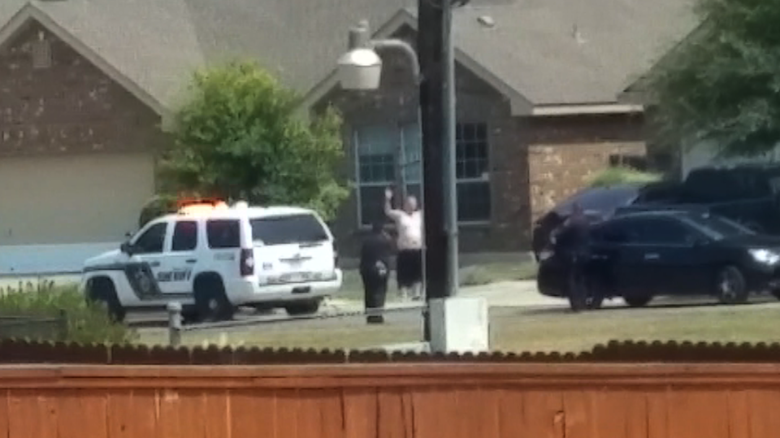






 Courtesy: Lizzie Valasquez
Courtesy: Lizzie Valasquez Courtesy: A Brave Heart: The Lizzie Velasquez Story
Courtesy: A Brave Heart: The Lizzie Velasquez Story

